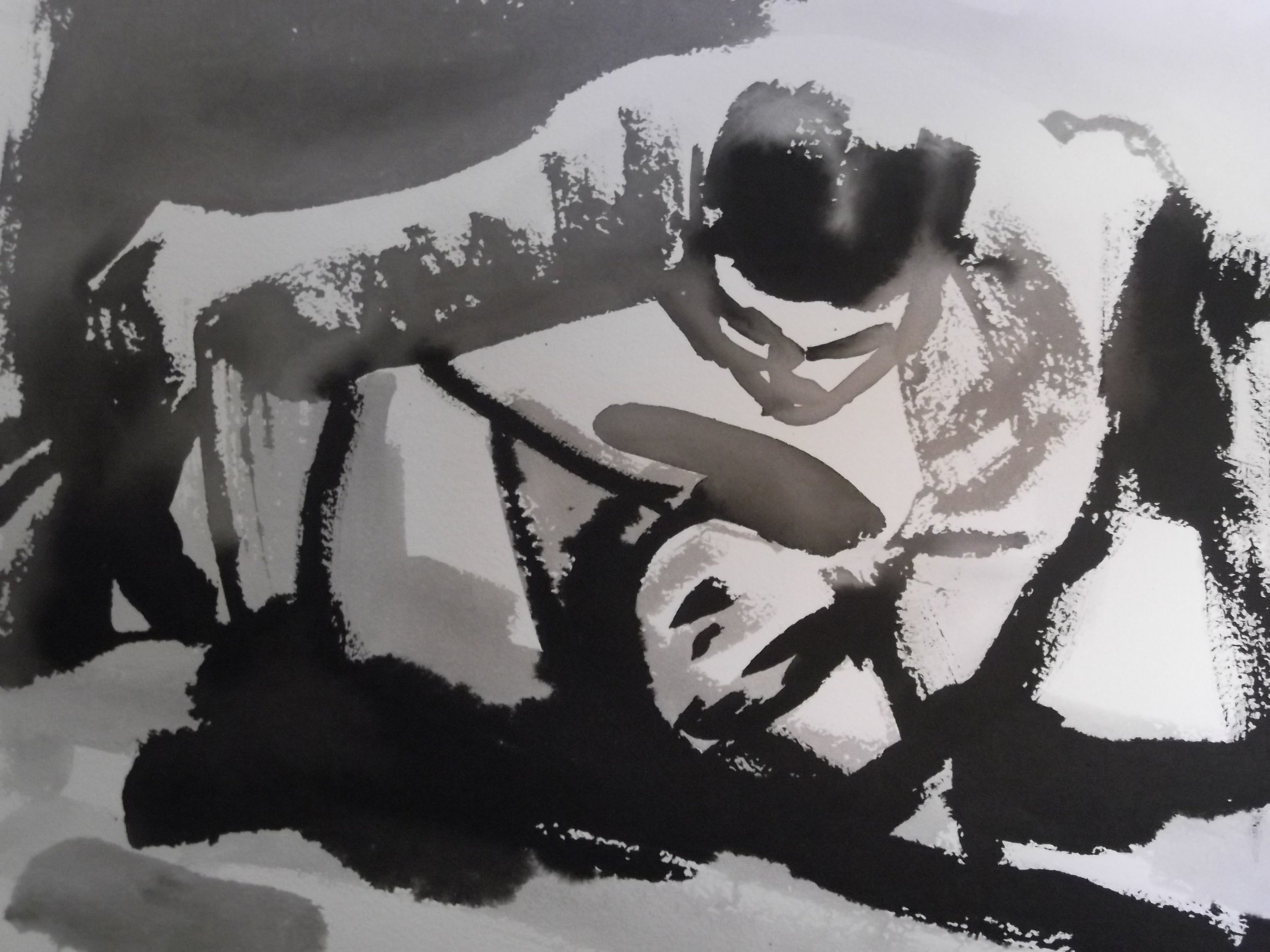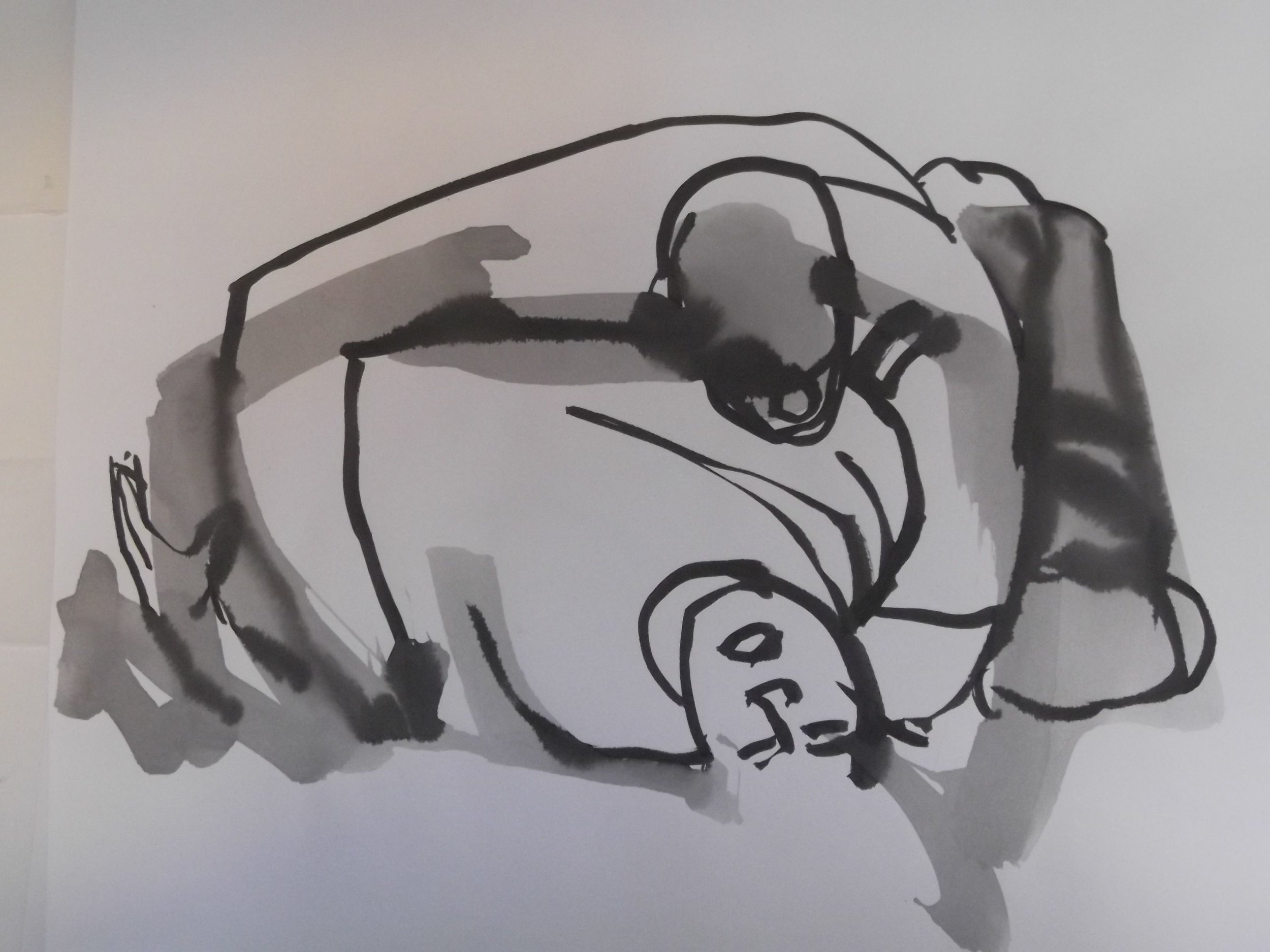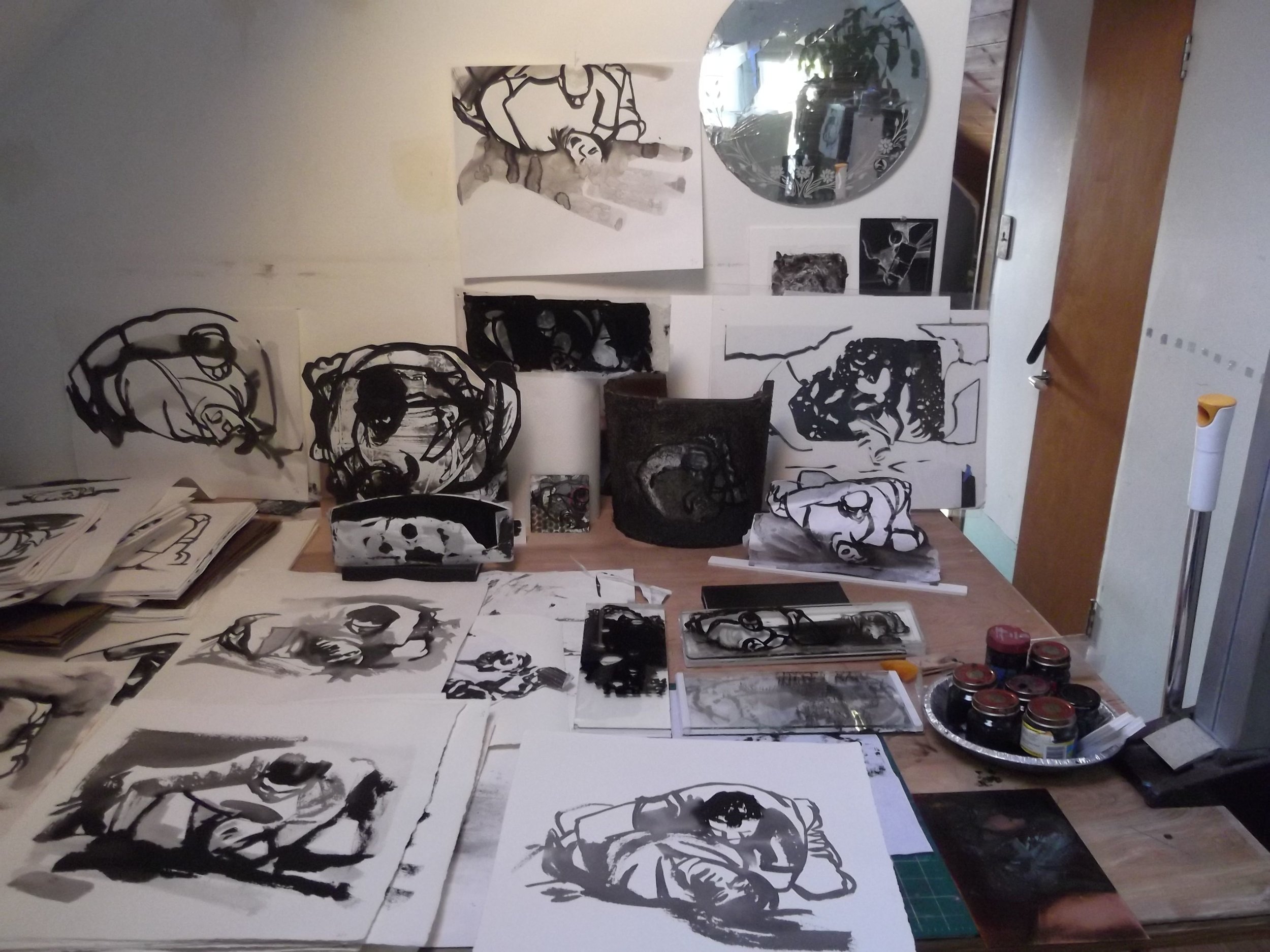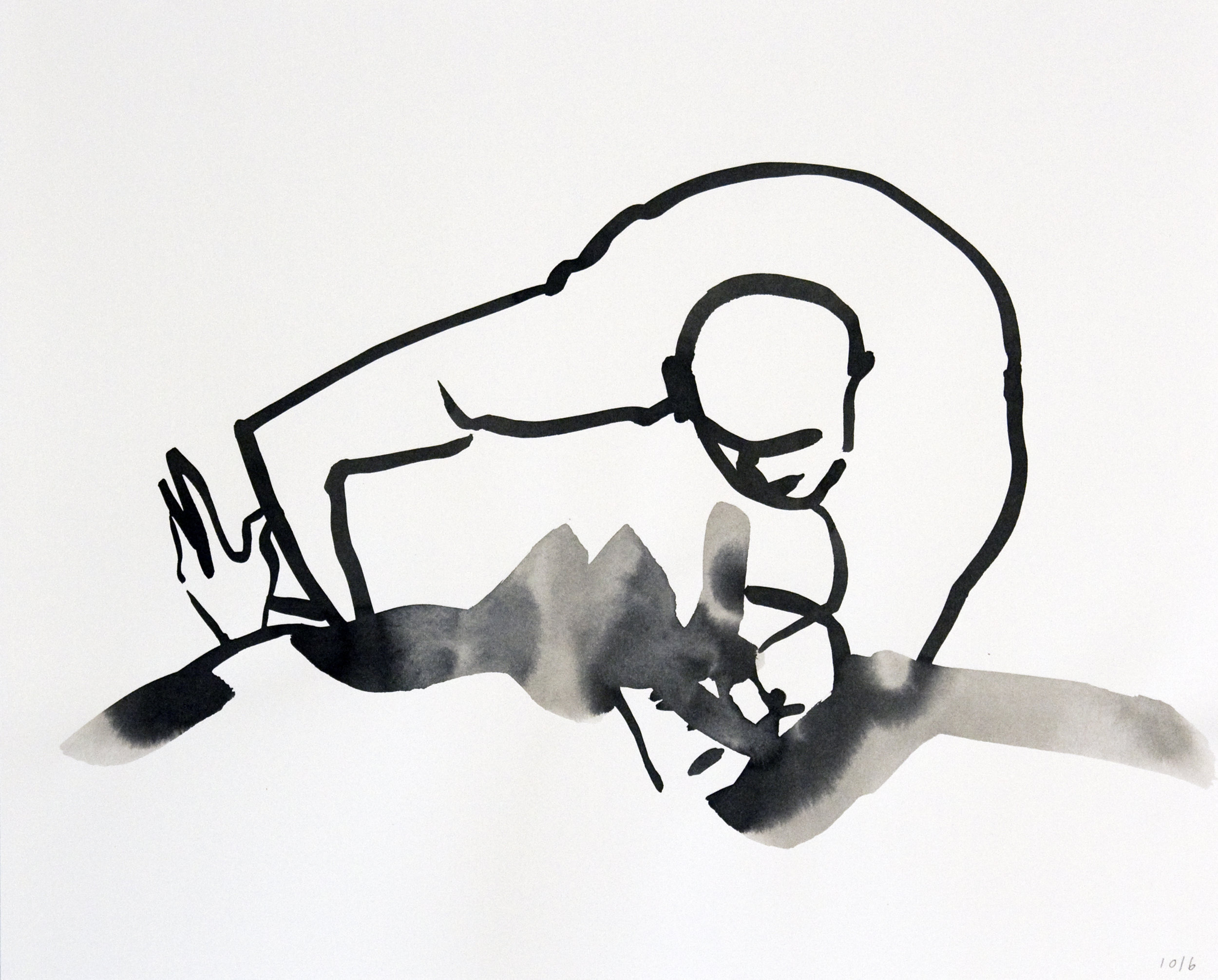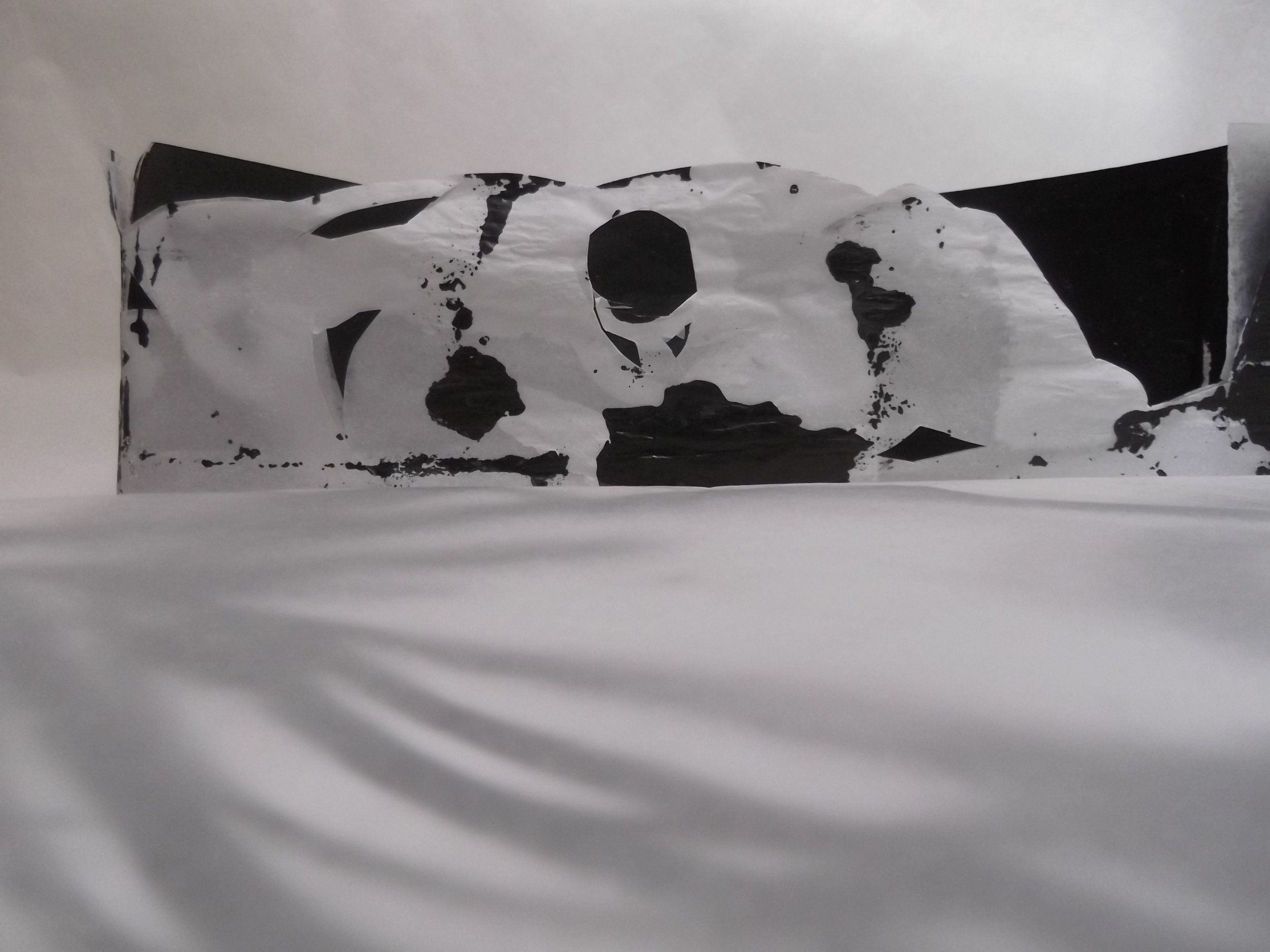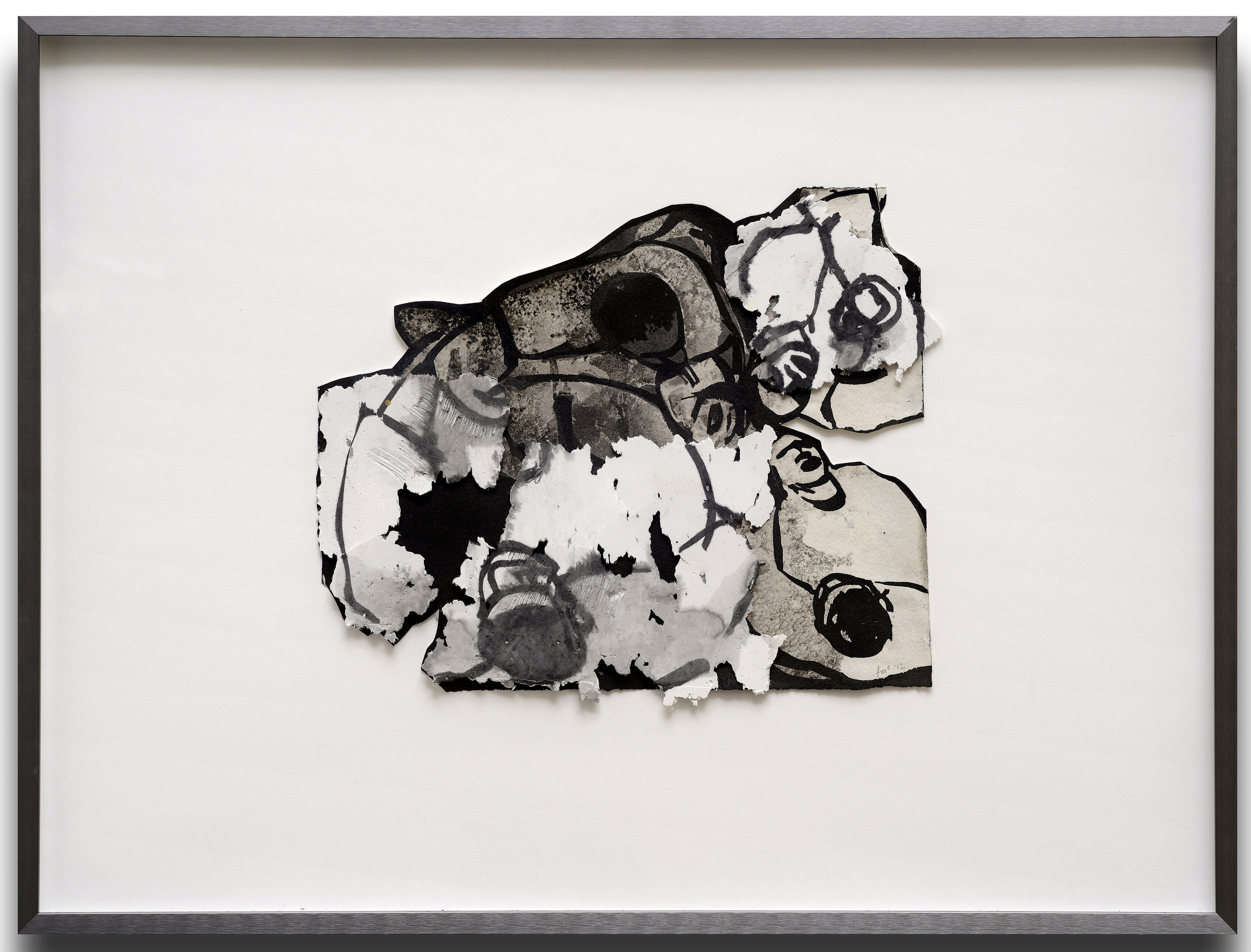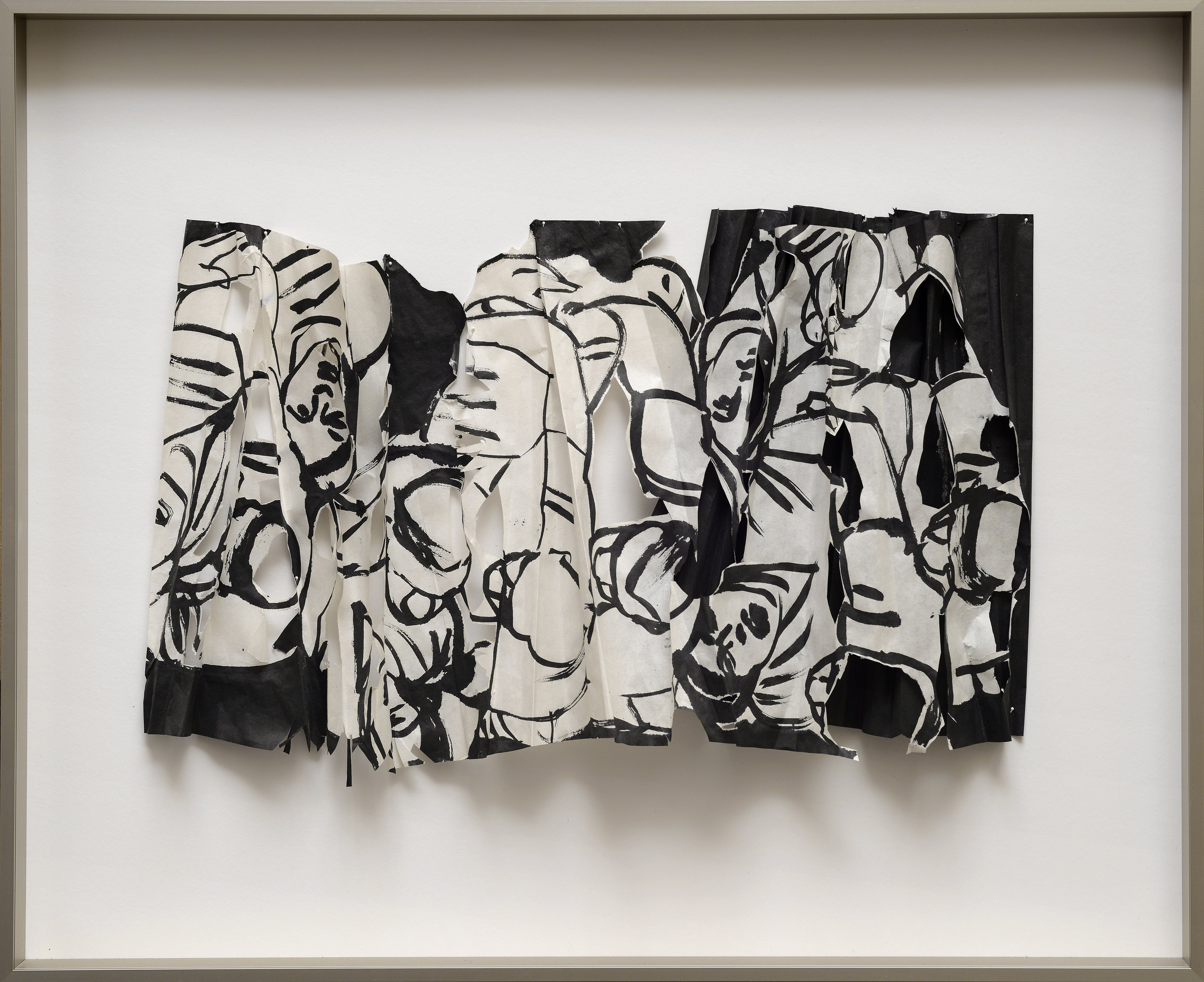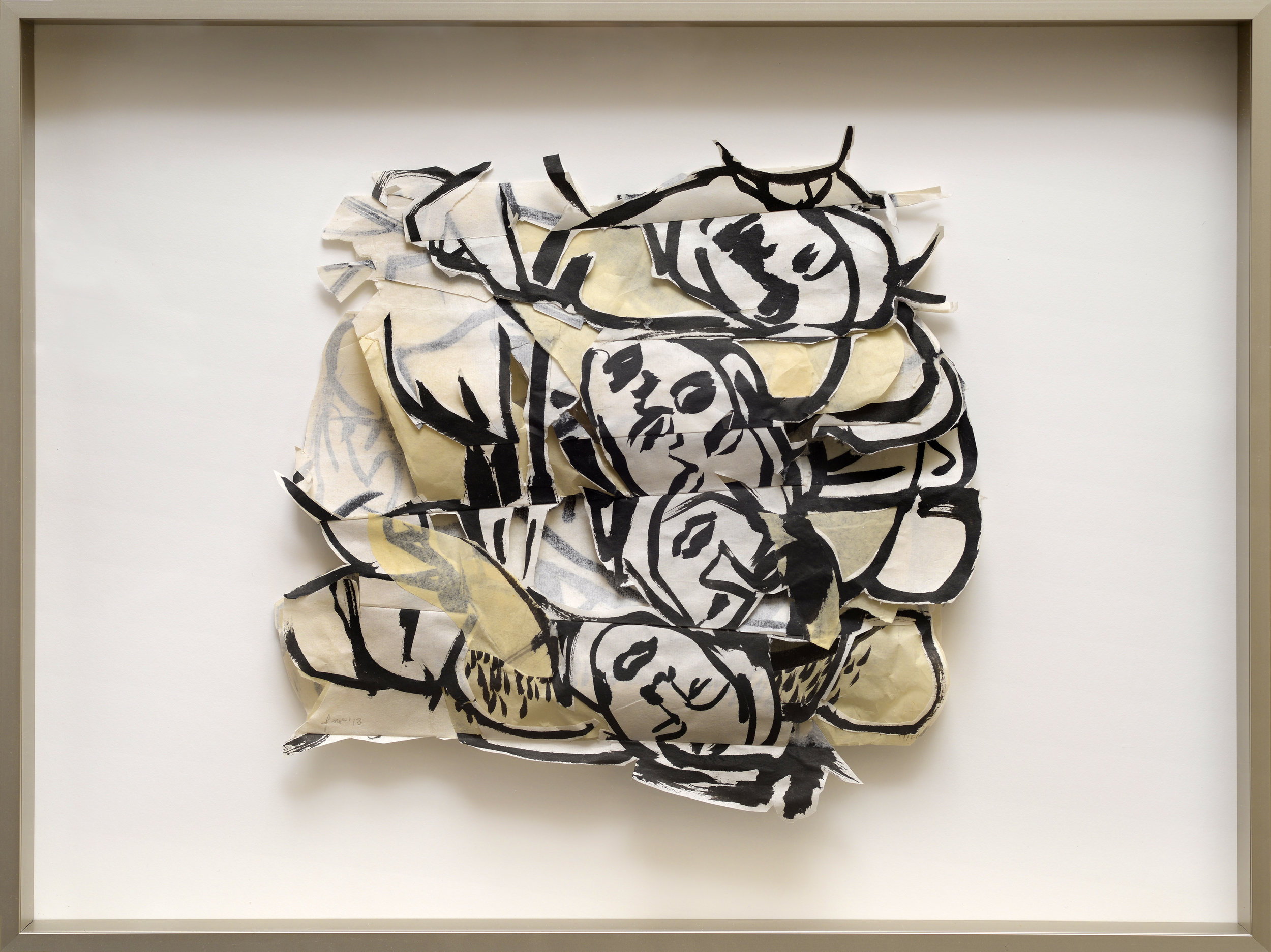HOW DO WE LEARN TO DRAW? HOW DO WE MEMORIZE IMAGES?
What would happen if I memorized an image from a photo and then drew it 1000 times?
Question: Can I learn to draw an image by learning the series of movements needed to create the drawing? Can I then reproduce it with my eyes closed? What happens if you draw something that many times?
PROCESS: I projected the photo and traced it 105 times, then I drew the image another 60 times, looking only at the reference photo and not my drawing. At that point, I had memorized the movements to recreate the image and started drawing from memory with my eyes closed.
INDEFINITE CONCLUSION: After completing this experiment, which took about three years and involved 1,200 drawings, I found that there were now two instances of the image: the actual photo and the memory of the photo that exists in my mind's eye and my muscle memory. Memories are not fixed; with each act of recollection, the image is transformed, disassembled, and reassembled to become a new version of itself.
Through repetition I'm working on transformation, moving beyond representation towards abstraction.
There is freedom in the insistent and endless predictable repetition of an image. I worked on the same image for more than three years and found an endless supply of inspiration in the simple act of repetition.
It’s not about creating one good drawing. It’s about the process of memorization, recollecting, layering, cutting apart, and reassembling one of many.
I’ve now created a huge series of obsessively re-created ink drawings and collages of the same image. As my understanding of the image shifts I explore new mediums and dimensions, but I still adhere to the process, its limitations and the recognizable image.
Repetition undoes Representation
Each drawing leaves a lasting image in my mind; it demands transformation, moving beyond representation toward abstraction.
Etherial and Fragile, like a memory
I work with paper, Sumi ink, loose graphite, and charcoal, even in my 3D pieces. The pieces are etherial and fragile, pliable, and yet, surprisingly indestructible, like a memory.
“We now know that memories are not fixed or frozen, like Proust’s jars of preserves in a larder, but are transformed, disassembled, reassembled, and recategorized with every act of recollection.”


